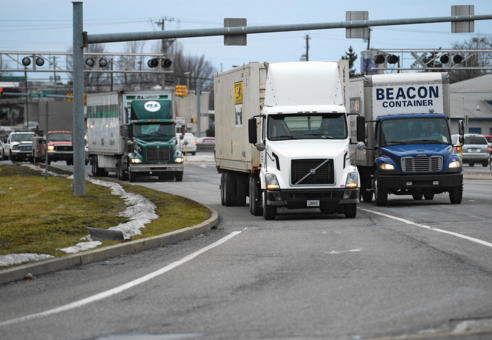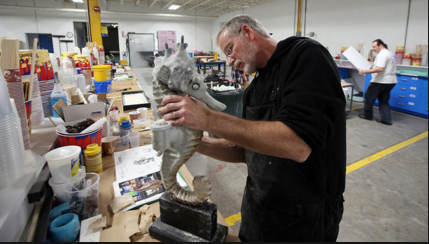Read today another real estate group and other economic development professionals crowing about another warehouse project along I78. They talk glowingly about the “hundreds of jobs” the project is forecasted to bring. (these forecasts usually end up being low, do not break down full time vs. part time and sometimes are inflated with temporary construction jobs.)
That being said giving the promoters of the project the benefit of the doubt and assuming this project will create 600 full time permanent jobs. . . Let’s #Dothemath and stop looking at job counts alone in a vacuum. We also must account for revenues, expenses, assets (land) and long term taxpayer liabilities. To do this we look at community return on investment.
Returns on investments – New Hamburg Commerce Park
Acres of land consumed: 200 acres mostly lost farmland.
Total Jobs: 600
Jobs/acre of land lost: 3 jobs per acre
Municipal revenue per acre: Unknown but based on Lower Mac comps very low.
Municipal liabilities per acre: High impact.

Warehouses generate very low jobs and revenue per acre. What a community does get… freight traffic which is a very expensive public liability.
To compare let’s take a Lower Macungie manufacturing facility. I usually use Mack Trucks to demonstrate but this time let’s use our newest facility Smooth-on.
Returns on investments – Smooth On
Acres of land: 12 acres. A reuse of an unused existing facility in a mixed use walkable neighborhood. This transition required no new infrastructure and no municipal taxpayer dollars. (I excluded the parking lot which is a separate parcel and will be redeveloped into employee housing reducing employee trips to and from the facility as an added bonus)
Total Jobs: 150
Jobs/Acre of land: 12 jobs per acre of land (all excellent paying jobs)
Municipal revenue per acre: $242/acre. In Lower Mac this is 2x the ROI of a warehouse.
Municipal liabilities per acre: Low impact.

Smooth on employs 150 people at excellent wages at it’s East Texas facility. Large majority full time positions. Many employees choose to live within walking distance of the facility. Many more will in the future as the company re-develops a vacant parking lot with employee housing. This facility provides fantastic return on investment for Lower Macungie Twp.
Photo from the Morning Call
Another warehouse project. Another terrible low return and high impact project. *Missing information here is what taxpayer subsidies are being utilized on the Hamberg project. It’s likely there is some kind of assistance. Usually a RCAP grant or something similar. This is almost always the case. If so this makes the equation even more lopsided. I’ll dig a little deeper..
This particular project is outside the Lehigh Valley but it’s the same story. Moving forward our economic development and planning forces (local and regional) must start considering land as the increasingly finite resource it is. That means demanding higher return on investments. Especially when a commodity lost in the exchange is farmland, which is in itself a form of irreplaceable industrial infrastructure. The manufacturing facility example above generates 4-5x the return on investment in even the most conservative ballpark estimate. We’ve got to seek higher value development.
*Disclaimer – As always, logistics operations were always in the cards for our region. This is because of geography and highway access. My problem is I worry we have already lost balance and will go far beyond a certain critical mass our infrastructure can reasonably support. It boils down to a financial and impact equation. Financial solvency is a prerequisite for long term prosperity. We have not been and still are not doing the math. If we don’t expect to repeat this 20 years from now.
